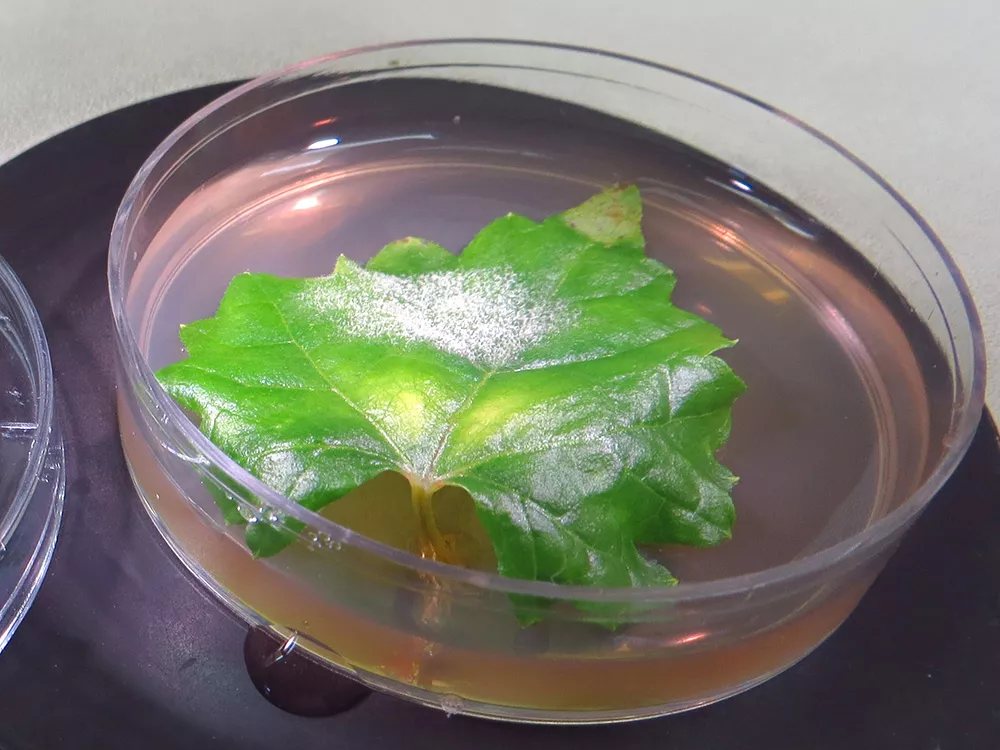Researchers from the Plant Protection Institute of the HUN-REN Centre for Agricultural Research (HUN-REN CAR) used molecular biological tools to investigate the fungus Erysiphe necator, which causes grapevine powdery mildew. They verified that the genetic composition of the populations of this pathogen is not uniform in Hungary. The domestic populations are genetically isolated, and their composition strongly depends on the wine region. In the comprehensive study, fourteen genotypes of E. necator were identified in Hungary, eight of which were previously unknown. The paper presenting the results was published in the prestigious journal Scientific Reports.

Several separate genetic groups of Erysiphe necator are known in Europe, but it is still unclear what maintains the stable genetic differences. Therefore, more than two thousand samples were collected from six Hungarian wine regions in order to reveal the genotypes of the pathogen present in Hungary and to investigate what may cause and maintain these differences. In addition, they studied the occurrence of genotypes associated with resistance to one of the most widely used plant protection products. According to their results, these genotypes can be found throughout the country, but in significantly different proportions in each wine region. The occurrence of the marker was not influenced by whether this fungicide treatment was applied in the sampled vineyards.

The data also showed that there are significant genetic differences between E. necator populations from different wine regions. Fourteen genotypes of the pathogen were identified in Hungary, eight of which were previously unknown. Contrary to the previously widespread concept of two genetic groups, E. necator populations are much more complex. Geographical distance, grape varieties and differences between individual vintages play a role in maintaining genetic differences. These local differences should be taken into account when planning plant protection treatments. The results also underscore the importance of continuous monitoring of resistance markers.